Mini lyže, také známé jako krátké lyže, jsou nejnovějším členem rodiny zimních sportů. Vycházejí ze dvou nejoblíbenějších zimních sportů, lyžování a bruslení na ledě, a mini lyže přinášejí nové možnosti na sjezdovky. Pojďme se ponořit do toho, co tyto malé lyže nabízejí!
Ještě více informací o mini lyžích v tomto videu:
Co je to mini lyže?
Jednoduše řečeno, mini lyže jsou krátké lyže používané jak začátečníky, tak zkušenými lyžaři.
Mini lyže jsou kratší než tradiční lyže a obvykle mají délku méně než 100 cm. Mini lyže získaly v posledních letech na popularitě jako zábavná alternativa k tradičnímu lyžování a byly navrženy tak, aby se daly používat v různých sněhových podmínkách, včetně prašanu, upravených sjezdovek a terénních parků.
Krátčí = lepší
Mini lyže jsou někdy mylně považovány za lyže výhradně pro začátečníky. Pravda je taková, že krátké lyže jsou skvělou volbou pro začátečníky, pokročilé i velmi zkušené lyžaře.
Toto vybavení je navrženo tak, aby bylo co nejvíce hybridem bruslí a lyží, poskytující obratnost a lehkost bruslení spolu s rychlostí a všestranností lyžování. Jejich velikost je činí obzvlášť snadno přenosnými, pohodlně se vejdou do standardního batohu, což je významná část jejich přitažlivosti.
Takže, jaký je účel mini lyží?
Mini lyže jsou primárně navrženy pro freestyle lyžování a jízdu v terénních parcích, ale jsou vhodné pro každého, kdo nemá rád dlouhé lyže.
Jsou také skvělé pro ty, kteří si rádi hrají ve sněhu a chtějí vyzkoušet nové triky. Nicméně seznam možností nekončí jen hravou stránkou mini lyží.
Mini lyže jsou také vynikající volbou pro začátečníky, kteří se chtějí naučit lyžovat bez závazku k delším lyžím. Kratší délka mini lyží je činí lépe ovladatelnými a snazšími ke kontrole. Nejen začátečníci, ale lyžaři všech úrovní těží z kratších lyží, protože jsou snazší na ovládání, přepravu a použití.
Mini lyže jsou také vhodnou výbavou pro hokejisty a krasobruslaře, kteří hledají rozšíření svých tréninkových možností, protože více připomínají bruslení na sněhu než cokoli jiného.
Typy mini lyží
Termín mini lyže zahrnuje lyže jakékoliv délky mezi 44 a 120 cm. V závislosti na délce se zážitek výrazně liší. Rozdělme mini lyže do dvou skupin, abychom popsali hlavní rozdíly:
Skiskates | Brusle na sníh
Brusle na sníh jsou specifickou kategorií mini lyží. Skiskates, také známé jako Snowfeet nebo jednoduché brusle na sníh, jsou mini lyže, dlouhé maximálně 50 cm.
Ve Snowfeet jsme přišli se 2 typy bruslí na sníh.
Snowfeet
Snowfeet jsou brusle na sníh, které jednoduše připevníte ke svým zimním turistickým botám a můžete lyžovat, kde chcete. Snowfeet jsou vyrobeny z materiálu vyztuženého skelnými vlákny, s nastavitelnými vázáními. Snowfeet sedí na všechny velikosti a jsou perfektní výbavou pro jakékoliv zimní dobrodružství. Můžete je dát do batohu a vzít na túru, na místní sáňkařský kopec, nebo je použít jako běžky.
Skiskates
Skiskates jsou nejmenší lyže na světě - jsou dlouhé pouze 44 cm. Můžete je připevnit ke svým lyžařským nebo snowboardovým botám. Skiskates fungují nejlépe na upravených sjezdovkách nebo ve snowparcích. I když se jim říká malé lyže, jsou stále blíže bruslení na sněhu než běžnému lyžování.
Připravte se na své další zimní dobrodružství
Jak skiskatovat?
Bruslení na sněhu se trochu liší od tradičního lyžování. Přeskočte na výukové video, nebo pokračujte ve čtení a naučte se pár užitečných tipů, jak to zvládnout během jednoho dne.
Pohyb při skiskatingu je nejblíže bruslení na sněhu. Pokud jste hokejista nebo krasobruslař, bude pro vás velmi snadný.
1. Udržujte rovnováhu tím, že nohy nebudete příliš roztažené
Snažte se mít nohy na šířku ramen. Při klouzání může pomoci, když jednu nohu mírně posunete vpřed, což zlepší stabilitu.
2. Zajistěte, aby vaše nohy zůstaly ohebné.
Ohýbání kolen je klíčové. Pokud začnete ztrácet rovnováhu, nakloňte horní část těla dopředu a natáhněte ruce. Snažte se udržet těžiště nízko, zejména při sjíždění svahů.
3. Udržujte rovnováhu vpředu a vzadu
Na rozdíl od tradičního lyžování, kde se nakláníte na špičky, u mini lyžařských bruslí je lepší přesunout váhu do středu nebo dozadu na nohy, aby nedošlo k pádu vpřed. Na hrubším terénu se mírně nakloňte dozadu a zvedněte špičky, abyste se nezakopli. Při pohybu vzad se naopak nakloňte dopředu, abyste udrželi rovnováhu na špičkách.
4. Začněte jako hokejista
Začněte pohyb odrazem do strany jako hokejista. Dávejte pozor, abyste se nehnuli dopředu na špičky, protože to může způsobit zaboření špiček do sněhu a pád.
5. Zastavte jako hokejista
Pro zastavení použijte hokejový styl zastavení, podobně jako u lyží nebo bruslí. Rovnoměrně rozložte váhu na obě nohy, abyste plynule a postupně zastavili. Pro pouhé zpomalení použijte brzdění patou.
6. Zatočte stejně jako na lyžích
Technika zatáčení je podobná jako při lyžování. Natočte své skiskates a přesuňte tělo a nohy směrem, kam chcete jet. Mnozí dokonce považují ovládání zatáček se Snowfeet nebo Skiskates za jednodušší než s delšími, objemnějšími lyžemi.
Skiboards | Snowblades | Skiblades
Skiboards, často nazývané skiblades nebo snowblades, jsou také považovány za krátké lyže. Nicméně nepřipomínají snow skating tolik jako Snowfeet nebo Skiskates.
Skiboards jsou dostupné v různých délkách, z nichž každá nabízí jiný zážitek. Pokud vás zajímá, jaké jsou rozdíly mezi délkami, podívejte se na následující video:
65 cm Snowblades
65cm Skiboards představují unikátní rovnováhu mezi snow skatingem a lyžováním, kombinující nejlepší prvky obou aktivit. Zatímco tradiční lyžaři mohou mít trochu problém udržet rovnováhu vpředu a vzadu, právě tento aspekt dělá tyto krátké lyže mimořádně zábavné. Naopak hokejisté a krasobruslaři je obvykle zvládnou snadno.
Tato délka je ideální pro lyžařské instruktory, freestyle lyžaře a děti, které se právě začínají učit lyžovat.
99 cm Snowblades
99 cm Skiboards jsou nejpopulárnější volbou mezi našimi zákazníky. Tato velikost nabízí dostatek volnosti pohybu a zároveň poskytuje potřebnou podporu těm, kteří mají s kratšími lyžemi problém udržet rovnováhu.
Tyto Skiboards vynikají v carvingu, jsou vhodné pro snowparkové aktivity a dobře slouží jako all-mountain lyže. Jsou také vynikající volbou pro první pár lyží.
120 cm Snowblades
Na délku 120 cm jsou tyto Skiboards nejdelší mezi krátkými lyžemi, určené pro ty, kteří chtějí lehčí a snadněji ovladatelné lyže bez obav z vyvážení. Jsou ideální pro carving a rychlé sjezdy po svahu.
Jsou mini lyže vhodné pro začátečníky?
Odpověď je ano, jsou! Mini lyže jsou vynikající volbou pro začátečníky, protože jsou lépe ovladatelné a snazší na kontrolu.
Skiboards jsou pravděpodobně nejlepší volbou pro začátečníky. Jsou lehké a snadno ovladatelné. Skiboards umožňují začátečníkům soustředit se na učení základních technik lyžování, aniž by se museli obávat o složitější ovládání delších lyží.

Hokejisté a bruslaři pravděpodobně najdou Skiskates a Snowfeet jednodušší, protože více připomínají bruslení na sněhu než lyžování.
Krátké lyže jsou jednodušší nejen pro začátečníky na sjezdovkách, ale také pro lyžařské instruktory. Kratší lyže umožňují obratnější pohyb a jsou lehčí na ovládání.
V tomto článku diskutujeme o nejlepších lyžích pro začátečníky, takže pokud se chcete dozvědět více, podívejte se na něj!
Vybavte se a bavte se!
Jdou mini lyže pomaleji než tradiční lyže?
Odpověď není nutně.
Mini lyže mohou dosáhnout vysokých rychlostí, ale nejsou tak stabilní jako delší lyže, což může způsobit, že se zdají pomalejší. Kratší délka lyží však znamená, že můžete zatáčet rychleji a měnit směr rychleji, což může celkový zážitek zrychlit.
Ale hlavní věc je - to nepoznáte! Většina z nás používá lyže na běžných sjezdovkách, kde můžete dosáhnout stejné rychlosti s dlouhými i krátkými lyžemi. Jediné místo, kde bychom mohli vidět nějaký rozdíl, by byly olympijské hry!
Lze běžkovat na mini lyžích?
Odpověď je ano, můžete! Mini lyže, konkrétně Snowfeet, lze použít pro běžecké lyžování a jsou k tomu úžasné.
Ve Snowfeet jsme přišli s krátkými nordickými lyžemi, které se podobají běžným běžeckým lyžím.
Ale co opravdu milujeme, je používání Snowfeet pro běžecké lyžování. Jsou super lehké, velmi snadné a můžete je dát do batohu při turistice. Přesvědčte se sami.
Závěr
Závěrem lze říci, že mini lyže jsou vynikající alternativou k tradičním lyžím a nabízejí jedinečný a vzrušující zážitek z lyžování.
Jsou ideální pro začátečníky, freestyle lyžaře a každého, kdo chce vyzkoušet něco nového na sjezdovkách. S vhodným vybavením, technikou a sněhovými podmínkami mohou mini lyže být zábavným a vzrušujícím způsobem, jak si užít zimní sportovní sezónu.

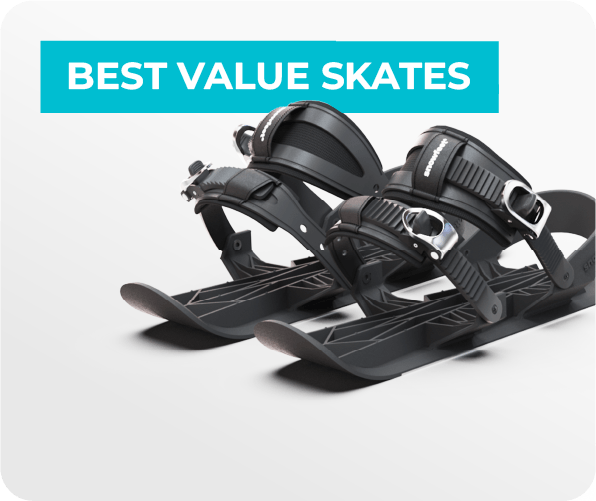


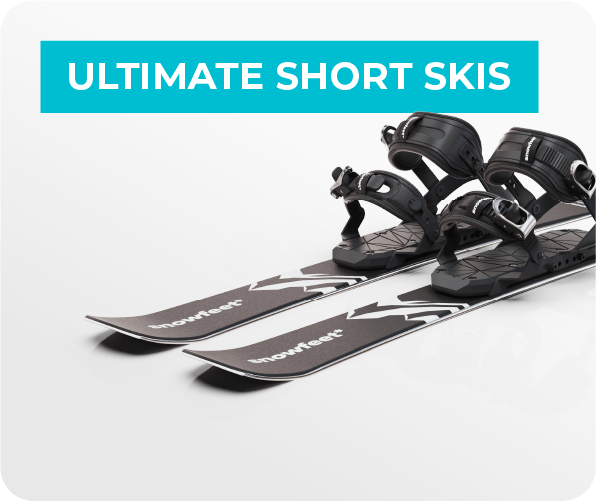


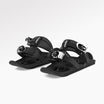
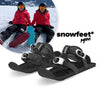

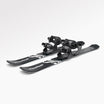




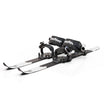

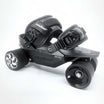

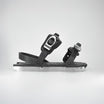




















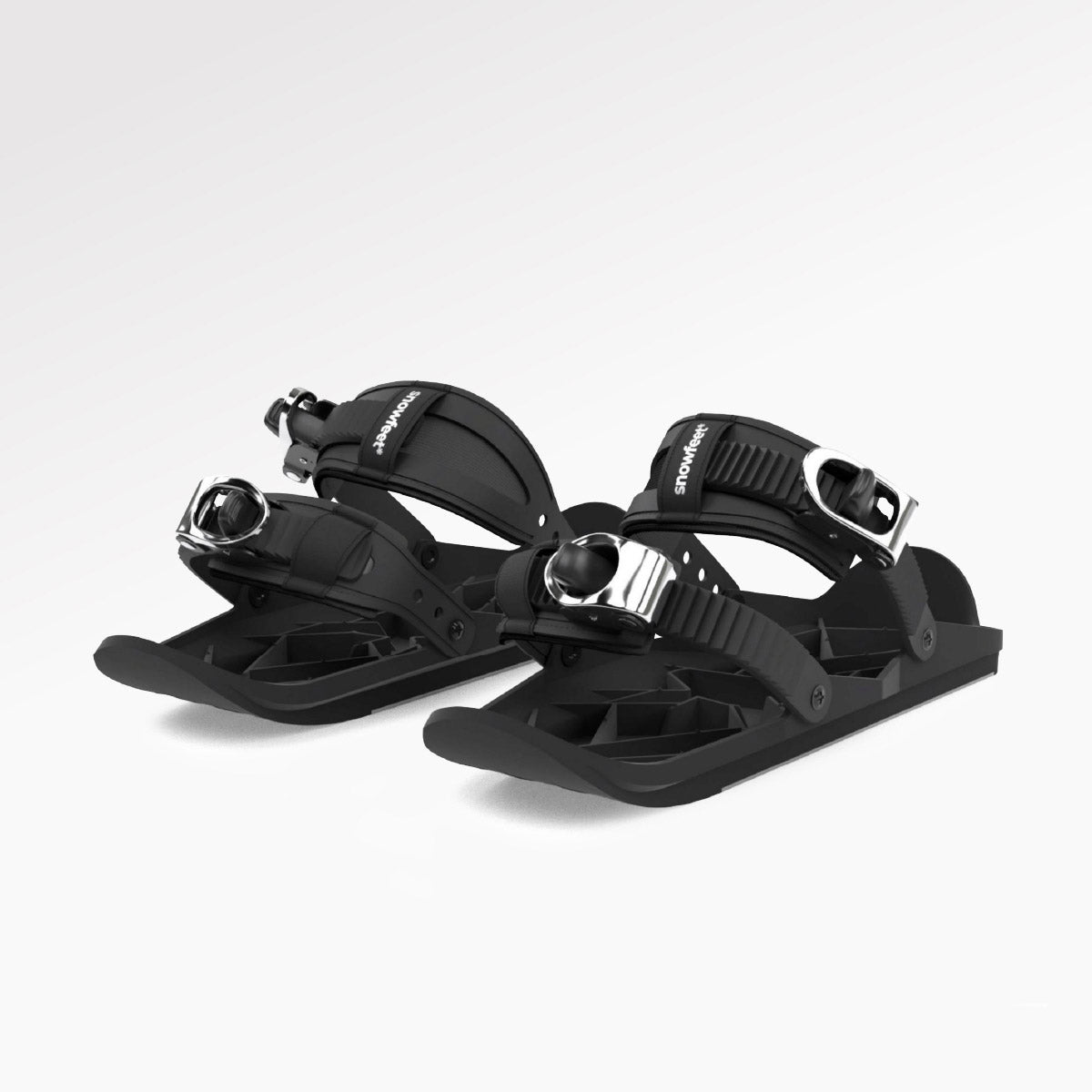
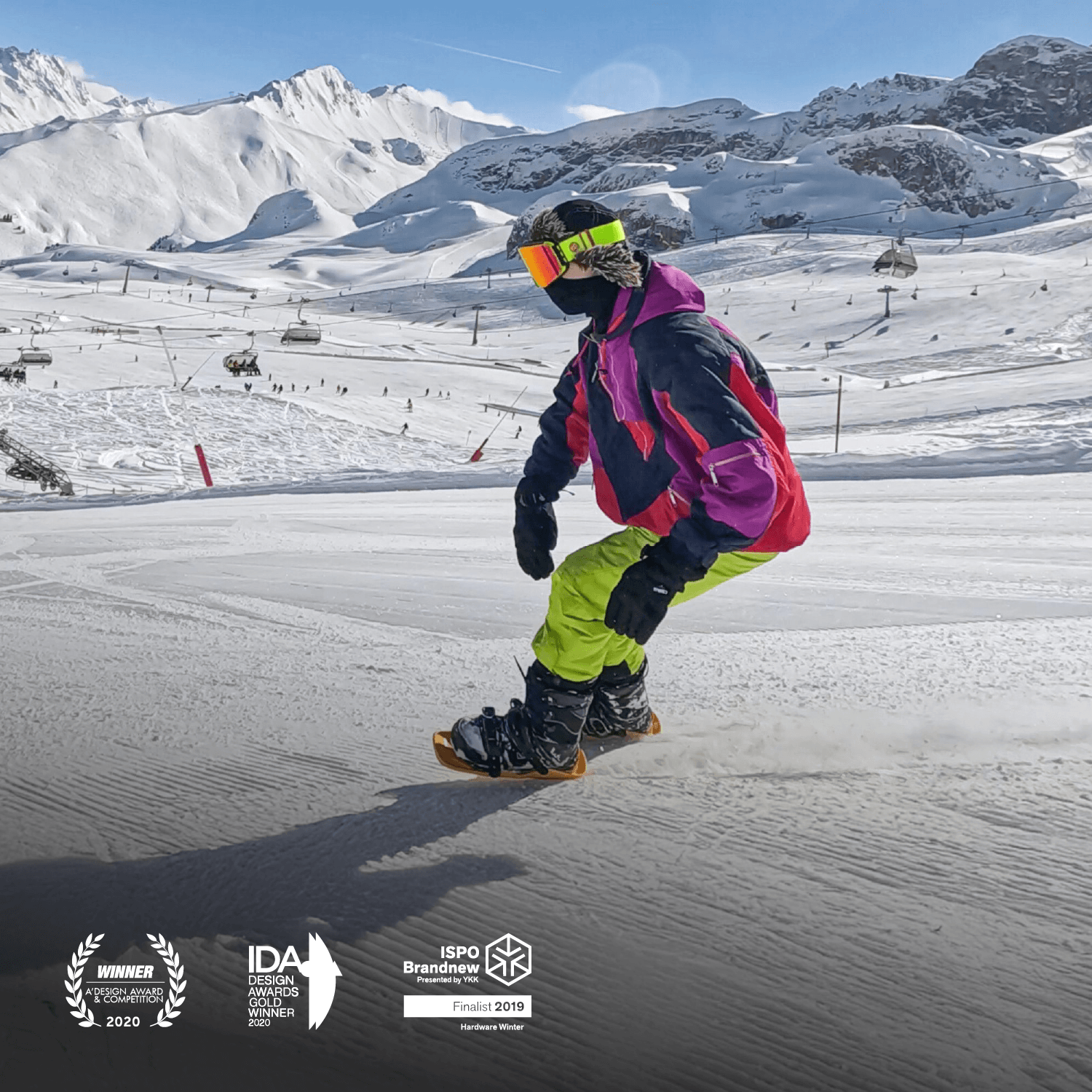
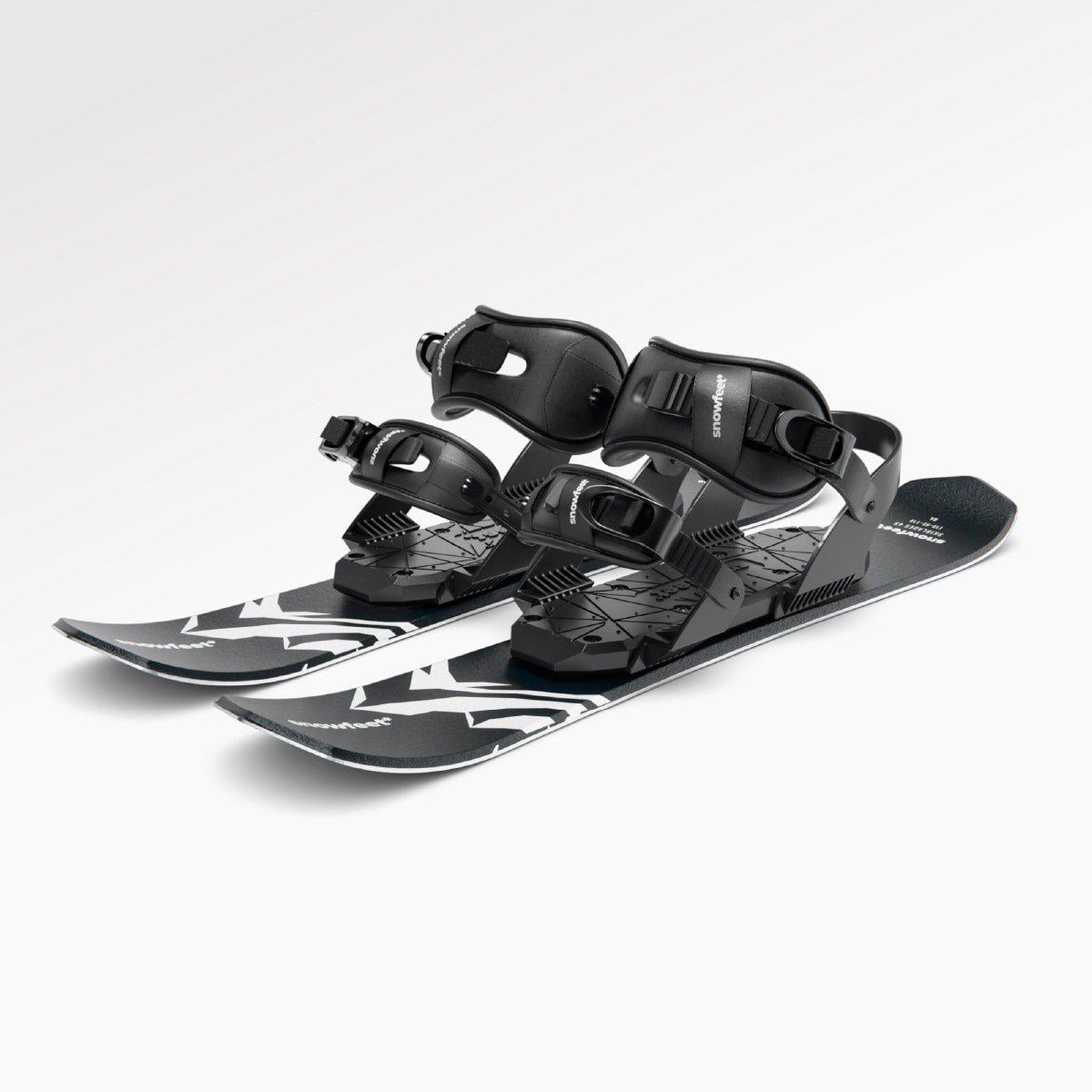



12 komentářů
canadian pharmaceuticals online shipping
We are a group of volunteers and opening a new scheme in our community. Your website provided us with valuable info to work on. You have done a formidable job and our whole community will be thankful to you.
Sidneyhot
You’ve made the point.
gta online casino heist casino model https://combatcasino.info/online-poker-sites/ safe australian online casino
Sidneyhot
You stated that really well.
gold river star online casino https://combatcasino.info/review-ducky-luck/ hard rock jackpot casino online
Sidneyhot
Appreciate it! A good amount of material!
free slots casino style online games https://combatcasino.info/online-casino-australia/ online casino empfehlung
Sidneyhot
Cheers, A good amount of info.
online casino for real money in india https://combatcasino.info/review-betwhale/ online new york casino
Zanechte komentář
Tento web je chráněn službou hCaptcha a vztahují se na něj Zásady ochrany osobních údajů a Podmínky služby společnosti hCaptcha.